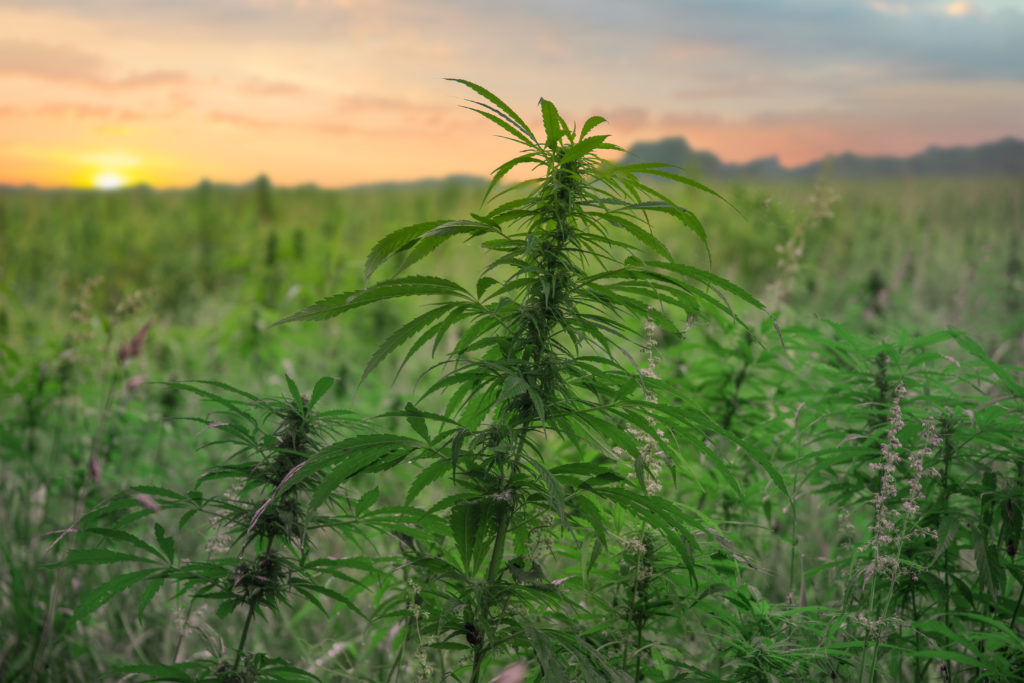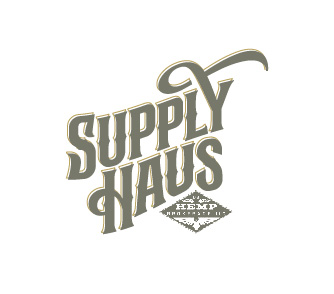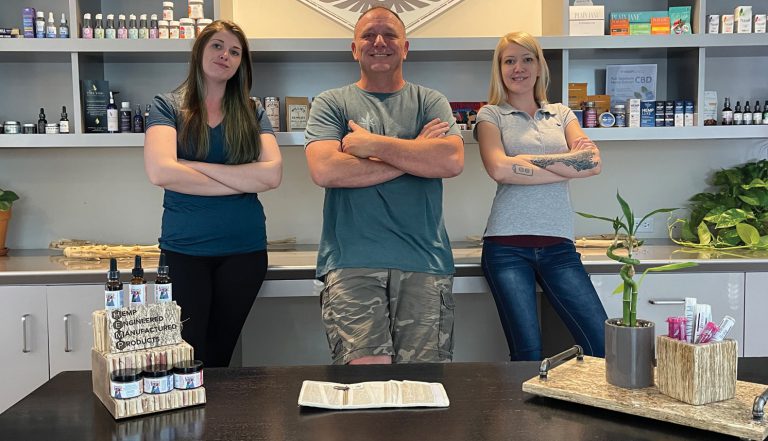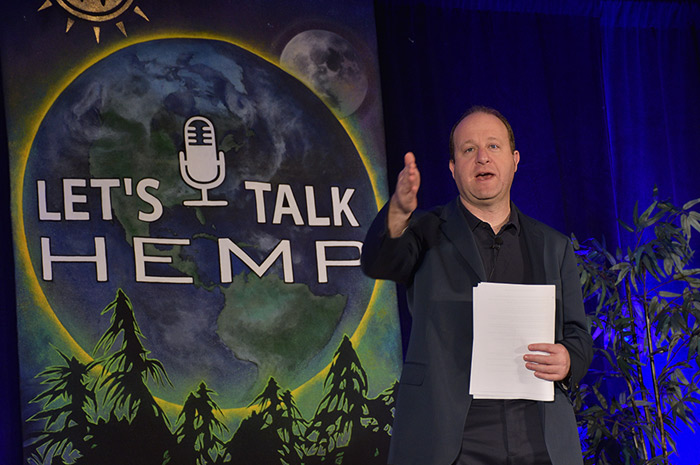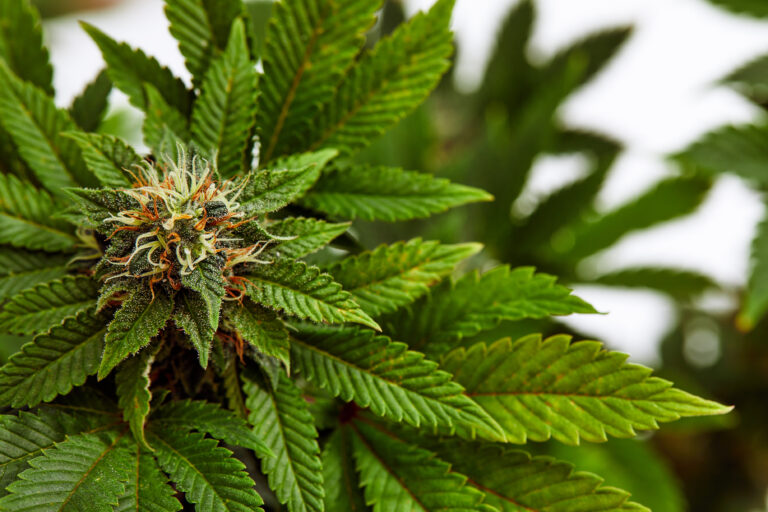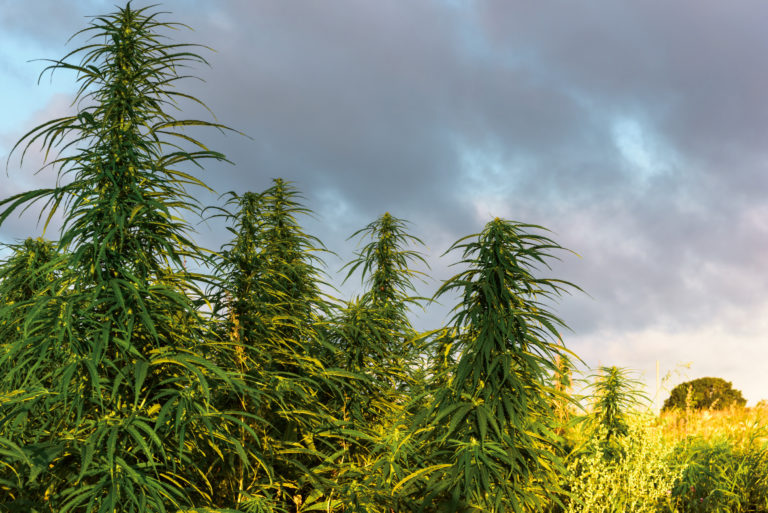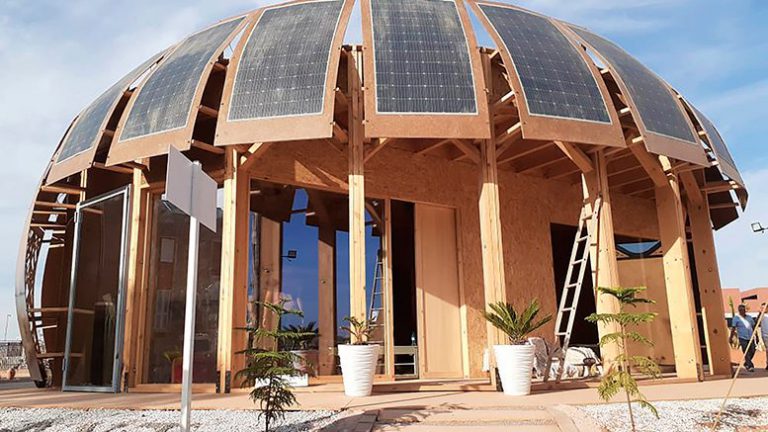The passage of the Farm Bill at the end of 2018 set the foundation for a juggernaut year for hemp in 2019.
The high expectations proved true: Last year put hemp farming on the worldwide map, and many experts in the cannabis world started to recognize the true potential of the hemp industry.
According to surveys, the global industrial hemp market is projected to grow to $26.6 billion by 2025, so upward trends for hemp are expected to continue for the foreseeable future.
Now that a year has passed since passage of the Farm Bill, iHEMPx wanted to give you a quick recap of the 2019 season, and share some helpful forecasts for the year ahead.
Hemp Industry Recap for 2019
Growing consumer interest in CBD led to a huge jump in the quantity of hemp planted in the U.S. in 2019 – up from approximately 78,000 acres in 2018 to 285,000 acres last year.Some farmers growing CBD were making upwards of $200,000 an acre in certain situations, but the average was lower per acre in 2019 and there was wide variance.
Compared to most traditional crops, farmers are still seeing a much higher premium growing hemp.
Hemp grown for fiber, building materials, and food was also profitable, but the returns for those harvests were closer to returns for traditional farming operations (around $2,000 to $3,000 an acre).
Cultivating hemp with the goal of cannabinoid extraction is still the market that farmers flock to when they’re looking to maximize profits.
Major Challenges for Some Unprepared Hemp Farmers
Overall, the 2019 harvest was about as good as experts predicted – but there were a lot of farmers who had a difficult time.
Some people weren’t able to get their material out of the ground, because they didn’t have harvesting implements and drying facilities ready.
Others were plagued by weather issues.
The farmers who saw the greatest challenges were the ones who dove into hemp farming with blind optimism – the ones who came in with a “get rich quick” attitude and didn’t plan properly.
These were the farmers who assumed they would have an easy sale for their harvest in 2019, because they didn’t think there would be enough hemp to meet worldwide demand.
At the end of the season, many of these overly optimistic farmers struggled to find buyers, because they hadn’t done any prior legwork and lacked industry connections as newcomers.Unfortunately, there were quite a few hemp horror stories last year.
But keep in mind that the people who are having the most difficult time right now are largely the ones who didn’t plan all the way through their harvest.
Overall, the 2019 harvest was positive for many farmers, but as with any newly-rediscovered crop, there were some growing pains.
The farmers who saw the greatest challenges were the ones who didn’t have adequate plans for harvest and drying.
Unfortunately, this problem wasn’t solely the fault of farmers. Many people were promised solutions by harvesting and drying companies that never followed through on their promises, leaving crops in the ground far longer than desired.
Left with sub-optimal product, many of these farmers found it difficult to move their harvested material.
There were also quite a few farmers who purchased genetics from disreputable companies after the rushed release of the USDA draft interim rules.
They suffered the consequences when their seeds didn’t germinate or produced an overabundance of male plants.
It is not all doom and gloom in the industry, though. For every farmer who had problems, there were many who had successful crops and a highly profitable year.
Even the majority of farmers who had issues say they ultimately came out profitable.
Many of these farmers are learning from last season, and are planting again – sometimes with even more acreage than last year.
The 2020 Hemp Forecast
For 2020, experts are predicting that the growth of the hemp market will continue.
Mike Leago, the founder and CEO of iHEMPx, also believes that we’re going to start seeing trends toward creating efficiencies, especially in the larger operations. “In 2020, I think we’re going to see some smaller farming operations start to question whether they want to stick with hemp farming,” Mike says.
“We’re going to see more and more large operations that have the infrastructure, equipment, and knowledge to handle the challenging aspects of the season.”
“Farmers are also going to start hedging their bets when they choose what to plant – both to ensure themselves against bad weather, but also plan for shifts in the market,” Leago adds.
Mike recommends farmers explore new varieties like CBG and auto flower, to have more unique and desirable products as well as the ability to stagger harvest, optimize harvest/post production machinery, and get to market quickly.
The Future Is Bright for Hemp Farmers
Despite some of the challenges of 2019, there is no better time to get into hemp than today.
Growing hemp can still be highly profitable, especially when you plan in advance. By planning in advance, you can set yourself up for greater success seasonally, with the right seed genetics planted at the right time.
iHEMPx is here to service the hemp industry by being a trusted, vetted, and reliable supply chain partner from seed to finished product.
Whether you are trying to find buyers for your products and services, or you want to get into the industry for the first time and are looking for high-quality seeds, iHEMPx can be your partner as you plan for a profitable and successful 2020 harvest.
